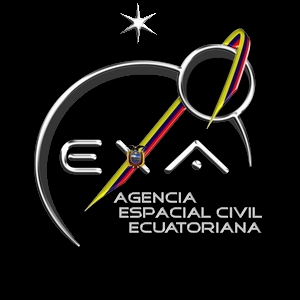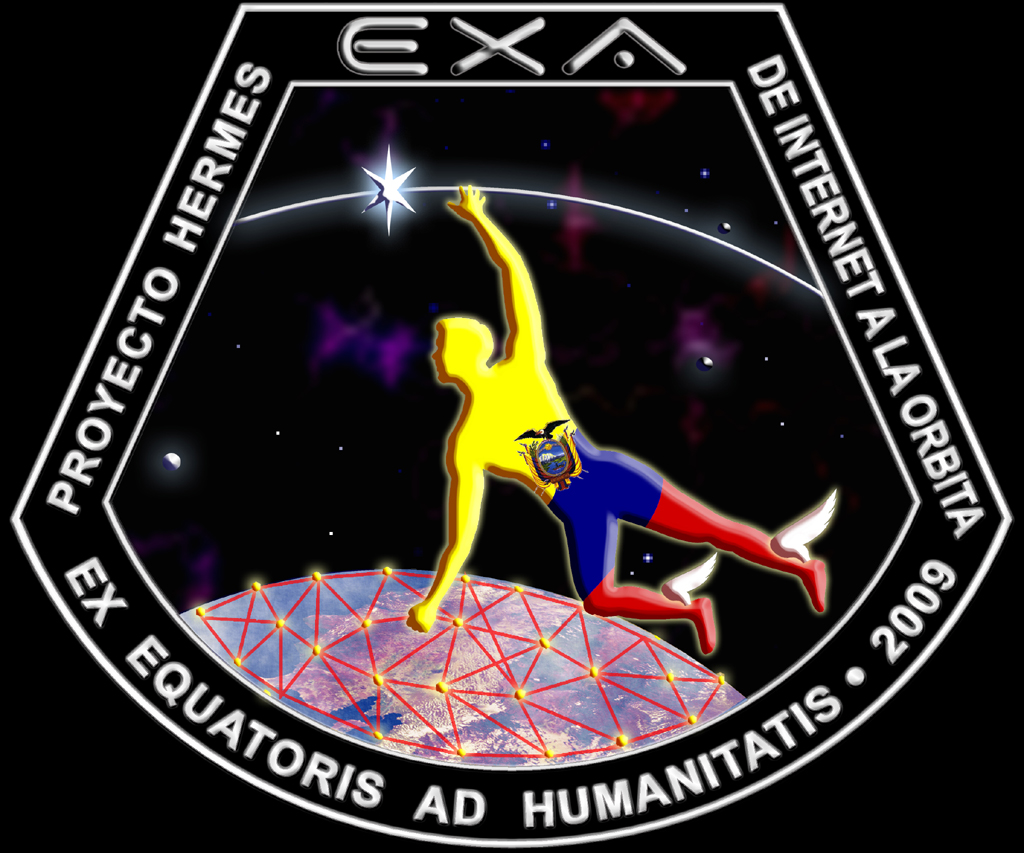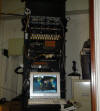
ECUADORIAN CIVILIAN SPACE AGENCY ANNOUNCES THE CREATION OF THE FIRST
INTERNET-TO-ORBIT
GATEWAY: THE UNITED NATIONS INVITES EXA TO TRAIN SCIENTISTS FROM ALL
OVER THE WORLD IN ITS USE.
Guayaquil, September 8, 2009.-
Continuing with the Ecuadorian civilian space program, the Ecuadorian
Civilian Space Agency - EXA announced today that it has completed the
Project HERMES, which is an space flight control station, called
HERMES-A/MINOTAUR, capable of connecting the users on the internet to
orbiting spacecraft in a stable and permanent way. It has now become
the first voice/data Internet-to-Orbit gateway anywhere in the world.
The station can be used by students and scientists anywhere in the world
to access satellites and spacecrafts online using only a computer and an
internet connection.
The HERMES-A/MINOTAUR system will allow scientists around the world
immediate access to satellite imaging and science data. Applications
include climate research, educational student projects, and government
access to real time disaster information, prevention and mitigation. It
even allows children to talk to astronauts and cosmonauts aboard the
International Space Station. The HERMES project transforms a simple
desktop or laptop computer located in the home or classroom into a full
space-qualified ground station.
The station will also serve the academic community for those
universities and institutions that have launched their own spacecraft.
Access will be given to remotely keep track, download data from and even
control their satellites when they are not within radio range. EXA has
announced that the use of HERMES-A will be free of charge when being
used for research and academic purposes.
The first university to start using the HERMES system is the University
of Michigan, accordingly to Dr. Andrew Klesh: "Hermes-A has allowed us
to explore collaboration and space science with our friends in Ecuador. By providing a remotely accessible,
highly reliable ground station, we are now able to train our students in spacecraft and radio operations from the classroom and the
laboratory. Ecuador has provided an important service to the small-satellite community that will allow easy access to spacecraft
in orbit from the southern hemisphere. I’m glad I’ve been able to test this exciting and fun venture. "
The United Nations, the European Space Agency and the Austrian
government have decided that Project HERMES relevance for scientific
community is big enough to invite the Space Operations Director of the
EXA, astronaut Ronnie Nader, to the National Academy of Sciences of
Austria to educate and train other key scientists from many countries
and foreign space agencies in the use of HERMES-A/MINOTAUR so its
capabilities can be efficiently and effectively used for the benefit of
mankind all. Nader has also been invited to give an opening speech at
the inaugural press conference for the Small Satellites for Sustainable
Development symposium today and tomorrow will explain the project to the
scientific community, on September 10, he will be giving a demonstration
of the system and train the participants in its use.
HERMES-A/MINOTAUR is based in the coastal city of Guayaquil and has 2
main components: the HERMES-A server matrix, which is the part that does
the signal processing and internet gateway functions and the MINOTAUR
sensor array, which is the device that receives the signals from the
spacecrafts; It is a 12 meters tall very sensitive sensor array with the
capability of detecting signals as faint as 0.2 watts at a distance of
more than 6000kms, but also has a high discrimination capability; This
can be compared to hear a fly in the far corner of a room the size of an
stadium full of people talking out loud. The MINOTAUR sensor array has
been completely built by the EXA engineering team led by Mr. Héctor
Carrión using locally available materials only, while the HERMES-A
gateway was built by the team led by astronaut Ronnie Nader, who also
conceived and designed the project.
While the investment in materials and components for the whole project
was about US$25.000 financed by the EXA and many private donors, the
real value of a project of this kind can be put in the order of millions
of dollars, starting with the fact that a similar installation is not
available anywhere in the world.
The existence of HERMES-A/MINOTAUR in Ecuador turns the country in a
very interesting and unique geographical point in the world for many
other space programs and for the scientific community, due its range of
6000kms and its capability for tracking and connecting to spacecrafts
within that range, turning the station in the only installation in Latin
America with such ample detection range.

The HERMES Project patch
The program for the symposium
HERE
Press contact: Mr. Ruben Morales - rp@exa.ec +593-82-753728 , +593-42-283285
High resolution pictures and videos:
EXA/09 -
BP-25 / BP-E-009-080909













